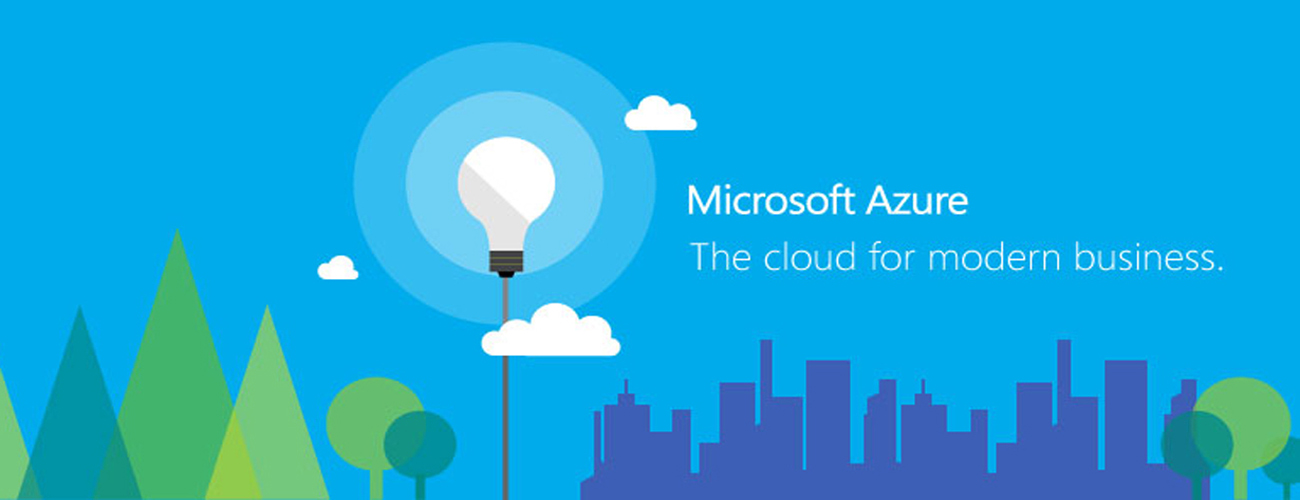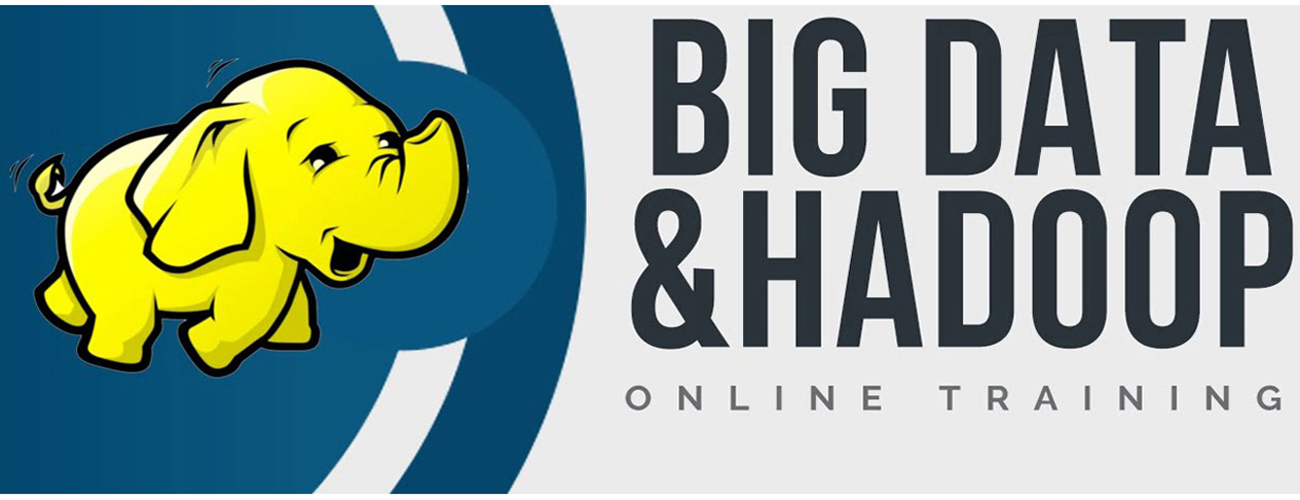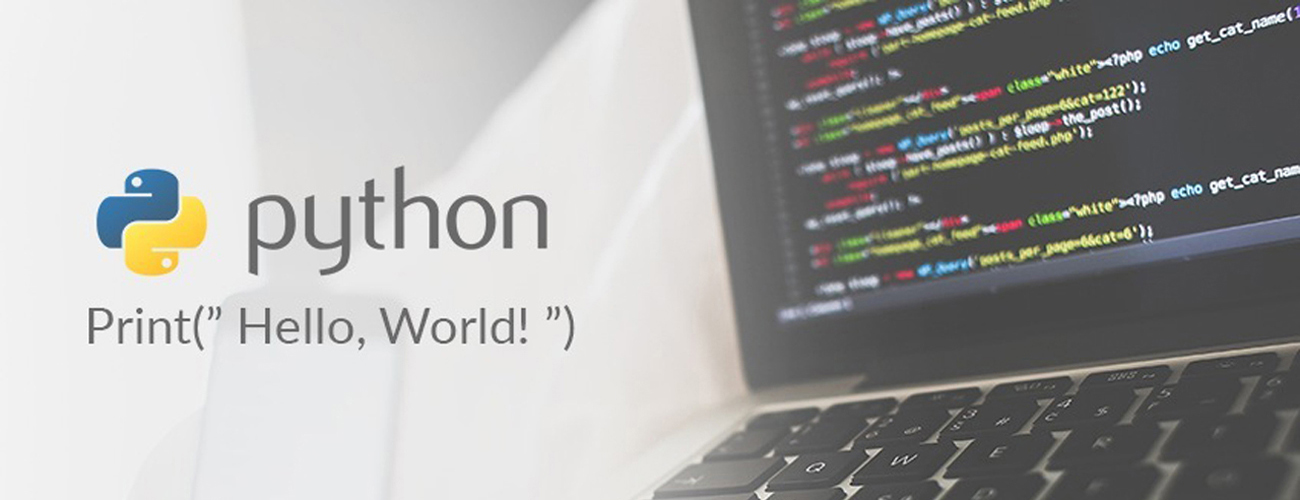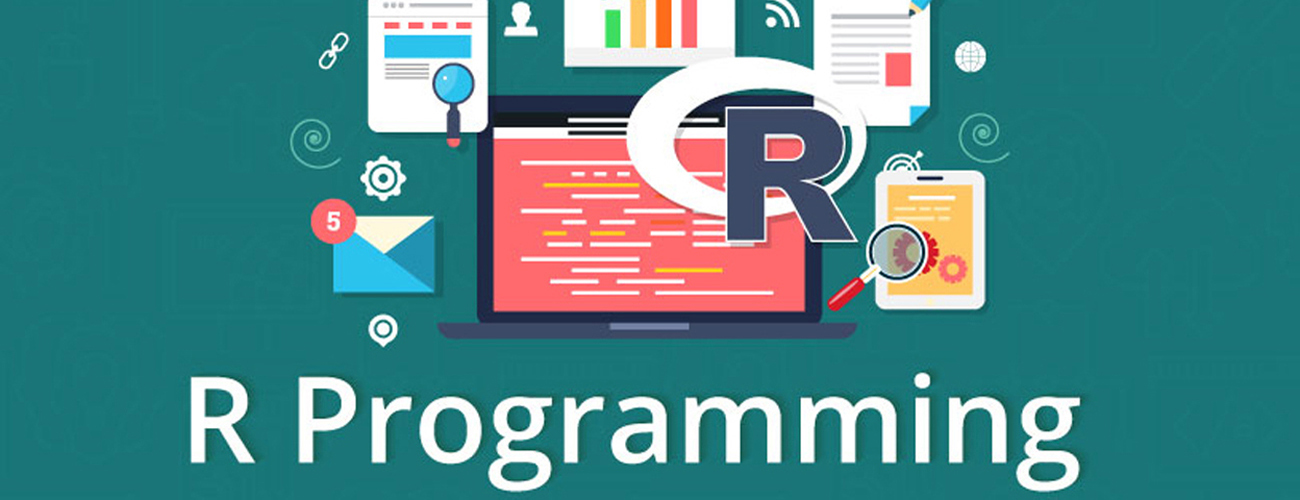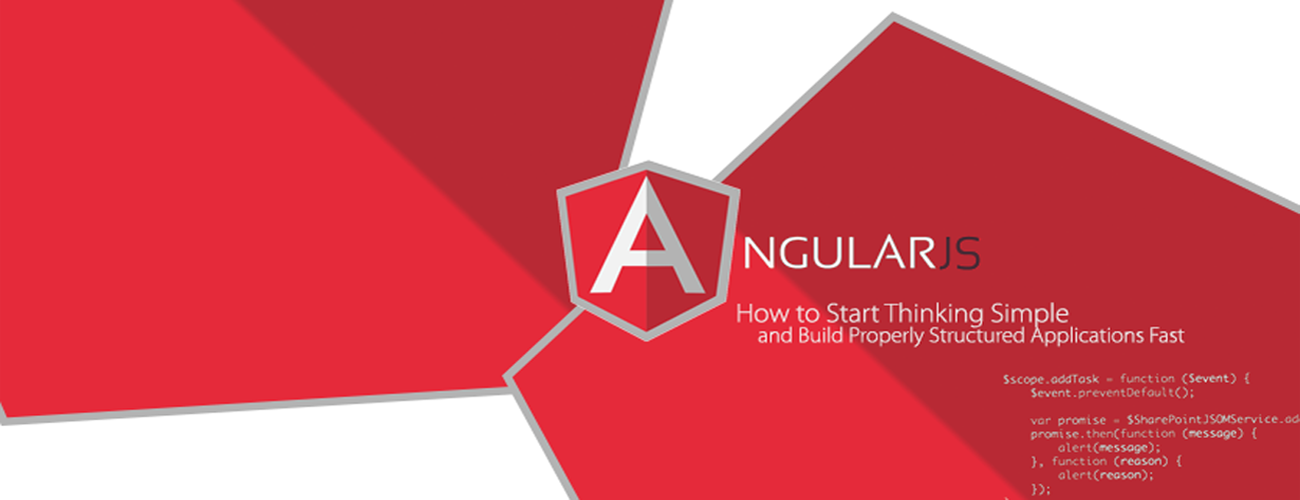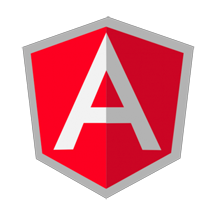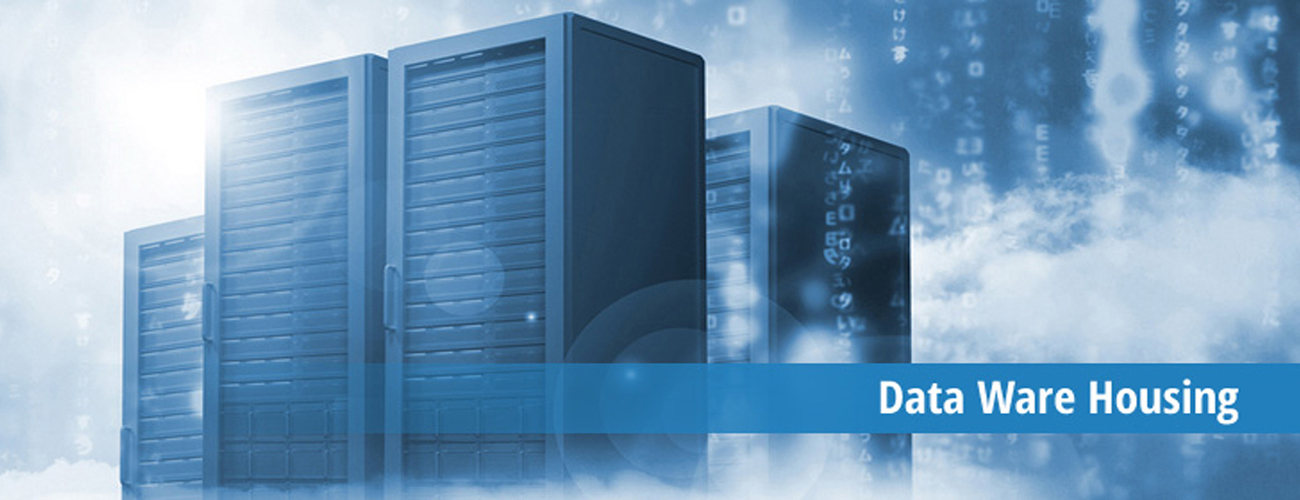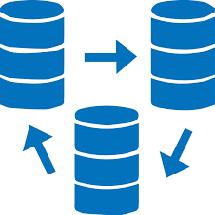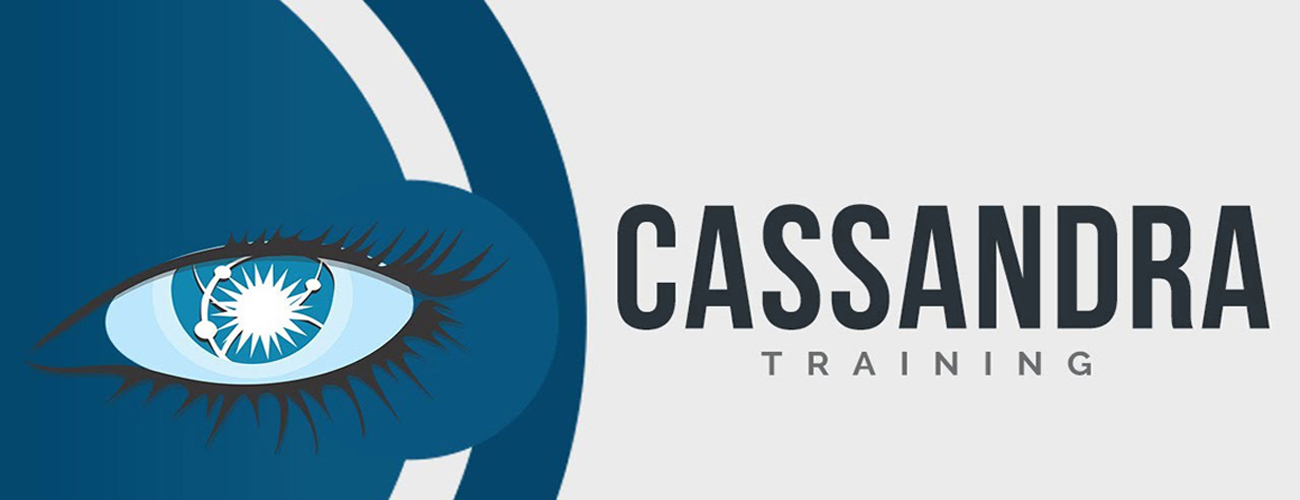Microsoft Azure Introduction
Azure Certification Training is designed to help you pass the Microsoft Azure (70-532) Certification Exam. You will learn to create and manage Azure Resource Manager Virtual Machines, design and implement a storage and data strategy, manage identity, application and network services together with mastering the concepts like Azure Ad, Azure Storage, Azure SDK, Azure Cloud Services, Azure SQL Database, Azure Web App.
Overview of Cloud Computing and Microsoft Azure
Objective: Upon completing this module, you should be able to: Summarize Cloud and its features, Relate different Cloud Models, Classify different Cloud Services, Categorize the Cloud vendors, Define Datacenter, List the Azure Services, Describe the different Portals used to handle the Service Instances.
Topics: Summarize Cloud and its features, Relate different Cloud Models, Classify different Cloud Services, Categorize the Cloud vendors, Overview on Regions and Datacenter, List the features of Azure, Azure Services, Azure Management Portals.
Building Application Infrastructure in Azure using Virtual Machines
Objective: At the end of this module, you should be able to: Setup a Virtual Machine in Azure, Create Windows and Linux VMs, Create a VM using Images, Scale ARM Virtual Machines.
Topics: Azure Virtual Machines setup, Creating Windows and Linux VM, Create VM using images, Scaling ARM Virtual Machines.
Hosting Web Applications on the Azure Platform
Objective: At the end of this module, you should be able to: Explain Azure App Services, Azure Web App Service, Create a Web App instance, Create an Learnests Web app, Publish a simple ASP.NET web to Web Apps, Monitor and manage the Learnests Web App.
Topics: Azure Web Apps, Hosting Web Applications in Azure, Configuring an Azure Web App, Publishing an Azure Web App, Monitor and Analyze Azure Web Site.
SQL Data Storage in Azure
Objective: At the end of this module, you should be able to: Classify the different Azure SQL Database tiers, Create an Azure SQL Database, Configure and perform Point-in-Time Recovery, Enable Geo-Replication, Import and export data and schema, Scale Azure SQL databases.
Topics: Azure SQL Database overview, Different SQL Database tiers in Azure, Azure SQL Database Tools, Securing and Recovering an Azure SQL Database Instance, Migrating data to Azure SQL Database, Scale Azure SQL databases.
Designing Resilient Cloud Applications
Objective: At the end of this module, you should be able to: Define Resiliency requirements, Design for Resiliency, Design strategies for Scaling with Cloud Applications, Test for Resiliency.
Topics: Resiliency and its aspects, Process to achieve Resiliency, Defining Resiliency requirements, Approaches to think about Resiliency, Design for Resiliency, Resiliency Strategies, Testing for Resiliency, High Availability for Azure Applications.
Cloud Services Management in Azure
Objective: At the end of this module, you should be able to: Use Cloud Service Worker Roles and Web Sites Web Jobs to process data in the background, Use Cloud Service Cache Roles to store data in the cache.
Topics: Overview of Azure Cloud Services, Cloud Service Web Roles, Customizing Cloud Service Configurations, Updating and Managing Cloud Service Deployments, Cloud Service Worker Role, Cloud Service Worker Role Processing, Analyzing Application Cloud Service Role Instances.
Tabular Data Storage in Azure
Objective: At the end of this module, you should be able to: Store data in Azure Table Storage.
Topics: Azure Storage Overview, Azure Storage Tables Overview, Table Entity Transactions, Azure DocumentsDB.
Storing and Consuming Files from Azure Storage
Objective: At the end of this module, you should be able to: Master the Blobs storage in Microsoft Azure Storage, Identify the software development kit (SDK) libraries, namespaces, and classes that are available for blobs.
Topics: Azure Storage Blobs, Controlling Access to Storage Blobs and Containers, Monitoring Storage Blobs, Configuring Azure Storage Accounts, Azure Files, Uploading and Migrating Storage data.
Designing a Communication Strategy by Using Queues and Service Bus
Objective: At the end of this module, you should be able to: Use Azure Queue Storage to queue data for Asynchronous processing, Identify the Service Bus offerings and which ones to use in appropriate scenarios, Use the Azure Service Bus Relay to connect on-premise services with Client applications.
Topics: Queue mechanisms in Azure, Azure Storage Queues, Handling Storage Queues Messages, Azure Service Bus, Azure Service Bus Queues, Azure Service Bus Relay, Azure Service Bus Notifications Hubs.
Automating Integration with Azure Resources
Objective: At the end of this module, you should be able to: Describe the Azure Software Development Kits (SDKs) and Client Libraries, Use Windows PowerShell, Client Libraries or REST API to Automate Azure Service Management, Explore two sets of Modules available for PowerShell Automation, Describe the Service Management API and compare with Resource Manager, Use the Resource Manager to create Resource Groups and Templates.
Topics: Azure SDK Client Libraries, Virtual Machine Configuration Management, Scripting Azure Service Management by Using Windows PowerShell, Azure REST Interface, Azure Resource Manager.
Azure Web Applications Security
Objective: At the end of this module, you should be able to: Describe the Azure AD service, Understand the features that are available for the directories in Azure AD, Use Azure Active Directory to implement Security in a Cloud Web Application, Use Microsoft Azure Multi-Factor Authentication service efficiently.
Topics: Azure Active Directory, Introduction to Identity Providers, Azure AD Directories, Azure AD Multi-Factor Authentication, Azure Role-Based Access Control.
Maintaining and Monitoring Web Solutions in Azure
Objective: At the end of this module, you should be able to: Use Web Deploy and Service Packages to Efficiently Deploy Web Applications to Azure.
Topics: Deployment Strategies for Web Applications, Deploying Azure Services, Continuous Integration, Monitoring Cloud Applications.
Online live courses have become extremely popular due to the following reasons:
- Flexibility and convenience of location and time.
- As the course is spread over a few weeks, you get a chance to practice what you have learnt in a session before the following session. This results in much better understanding and learning
- You get 24x7 learning support and access to excellent learning resources, subject materials at one place.
- You can interact and collaborate with the industry experts, instructors, other learners of the course during and after the course
- Access to the sessions recordings – this is important if you miss a session or want to do a quick revision
- Provision of real-time cloud based labs.
On enrollment, each student is given access to a personalized LMS - Learning Management System. This features your class recordings, presentations, assignments, installation guides, data-sets, quizzes, forums and project documents.
This LMS access is for life-time.
We have a 24/7 support team featuring expert professionals with at least 3 years of experience in the specific technology. In addition to this, they're also given soft-skills training to ensure the best possible experience for you.
The support team is accessible via phone, email, live chat & video-calls. Please note, this is a lifetime facility. Even after course completion you can access the support facilities.
We are only happy, if you are happy. If you have any reason to doubt the content, delivery & expertise of our program, you are eligible for a 100% refund within 7 days of enrollment.
Your payment only comes into our accounts after 7 days, thus ensuring that your refund will be immediately processed.
If you enroll for 2 or more courses at once; your refund policy only stands till the completion of the first course.
We offer 100% placement assistance to its learners who are open to new job opportunities:
- We have collaborated with many companies who give us their hiring requirements
- These hiring partners also have access to the profiles of the learners who are looking for career opportunities, to initiate a contact with them
- Learnests will also send you a curated list of job postings that come up on various websites pertaining to your field of interest.
Note: Learnests offers placement assistance to every learner who wishes to look at career opportunities. However, we do not offer any job guarantee.
During this course; you will be provided with 5 live industry grade projects. Each project will feature data-sets, use-cases & guides from the following industries:
- Finance
- Healthcare
- Social Media
- Entertainment
- Retail
It will take you an average of 10 hours to complete each project.
Each student will be given a certification of course completion only after they finish the classes as well as their projects. The grade will be based on their performance as judged by the instructor. This certificate is recognized by all our corporate partners.
